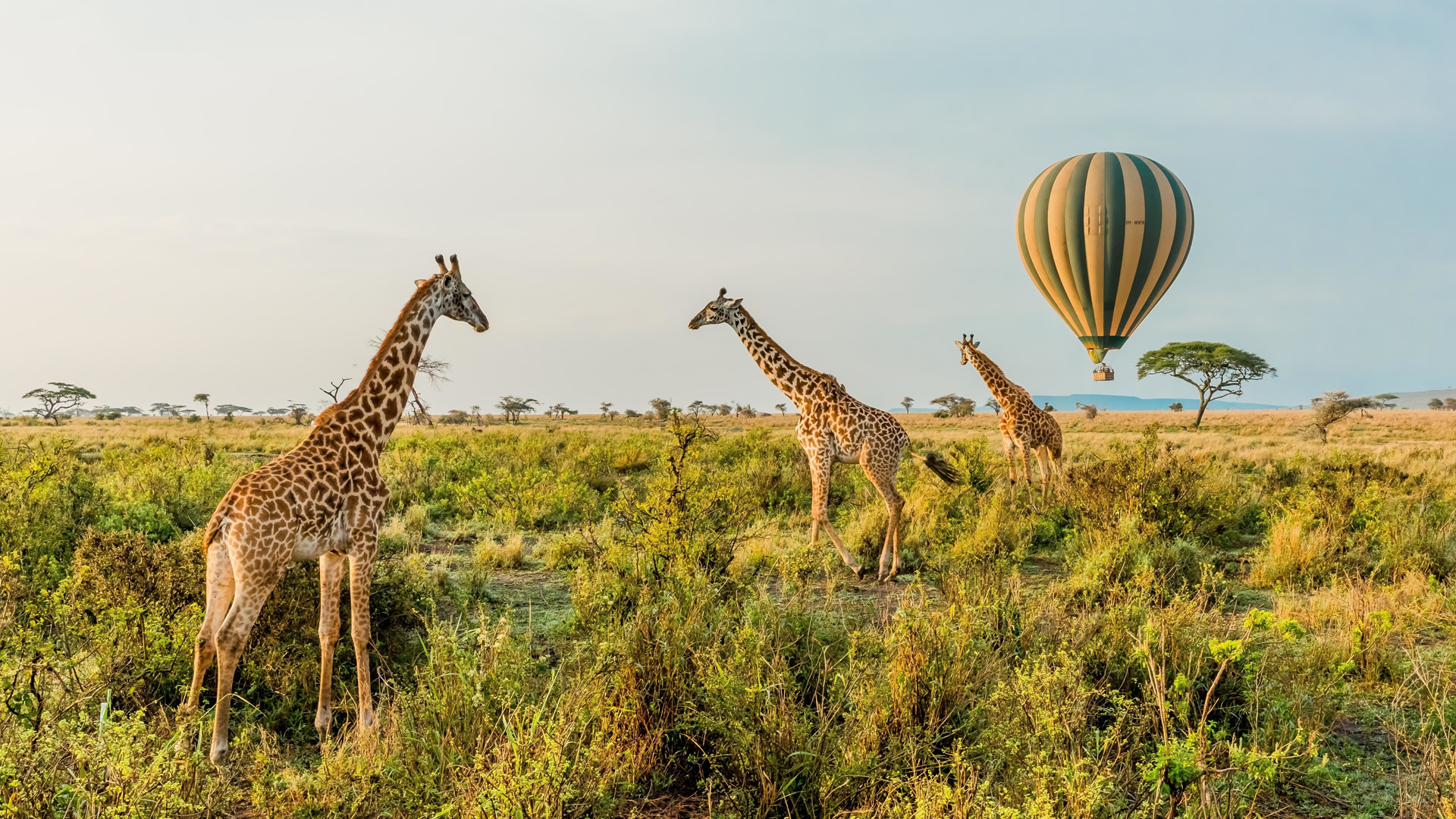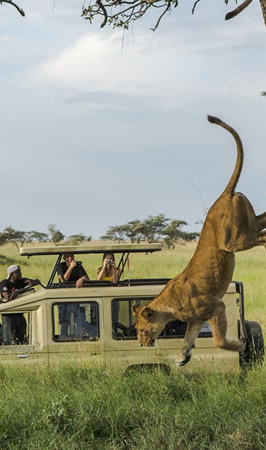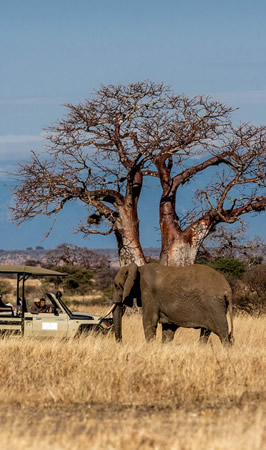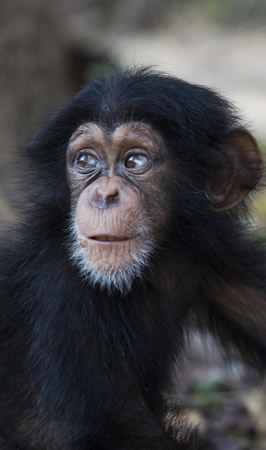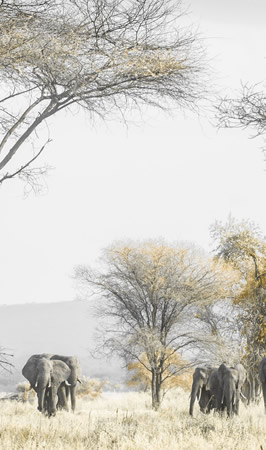Experience Serengeti National Park
Serengeti National Park Highlights
A traditional jeep safari is just one of several wildlife viewing experiences offered by lodges in and around the Serengeti. Although night safaris are banned within the park itself, many operators offer after-dark game drives in the private concessions of the greater Serengeti ecosystem. These are the only way to see the region’s fascinating nocturnal wildlife. Other exciting options include walking safaris, horseback safaris, and charter flight safaris. There is even a sunrise hot air balloon safari—a very expensive and exclusive experience that will stay with you long after you return home.
In the unlikely event that you tire of wildlife spotting, you can also take part in a cultural visit to one of the Maasai villages located just outside the park boundaries; or drive south to the archaeological site at Olduvai Gorge. Here, a small museum gives you an insight into the life’s work of Louis and Mary Leakey, whose anthropological discoveries both at Olduvai and nearby Laetoli inform our understanding of human evolution.
3 Distinct regions
Traditionally, the park is divided into three distinct geographic regions. The largest of these is the Southern Serengeti Plains — an iconic, largely treeless savannah landscape that serves as a breeding ground for the wildebeest and antelope that congregate here from December to May before beginning their migration north.
The Western Corridor includes the Grumeti River and its adjacent forests. Visitors flock to this area of the park from May to July when the wildebeest migration passes through, but it’s also a great place to spot water birds and other aquatic species all year round.
Finally, the remote Northern Serengeti Woodlands are the best place to spot elephants and giraffes, and to observe the spectacle of the migration’s Mara River crossings.
Serengeti National Park is a transition area, with distinct changeovers going from rich flat soils, to poor hilly soils in the north, attracting a wide variety of vegetation and animals. Whether you are looking for big cats, birds or even smaller creatures: Serengeti National Park delivers. Even to understand and experience just a small part of this ecosystem, will change your vision on our world and the environment.
Wildebeest Migration
For many, the Serengeti’s No. 1 attraction is the opportunity to witness the Great Migration. Many safari operators and mobile camps are dedicated to putting you at the heart of the action; whether that’s watching newborn calves take their first steps in the grasslands of the south, or experiencing the drama of a Mara River crossing. To view the migration, you’ll need to time your trip carefully, as the herds’ movements are dependent on the rains and can change from year to year. Regardless of when you travel, a standard game drive gives you a front-row seat to the Serengeti’s incredible biodiversity.
However, if you want to see the wildebeest migration, the herds gather in the south from December to May, then move into the Western Corridor from May to July. To see the herds crossing the Mara River, you’ll need to be there in July, August, or November.
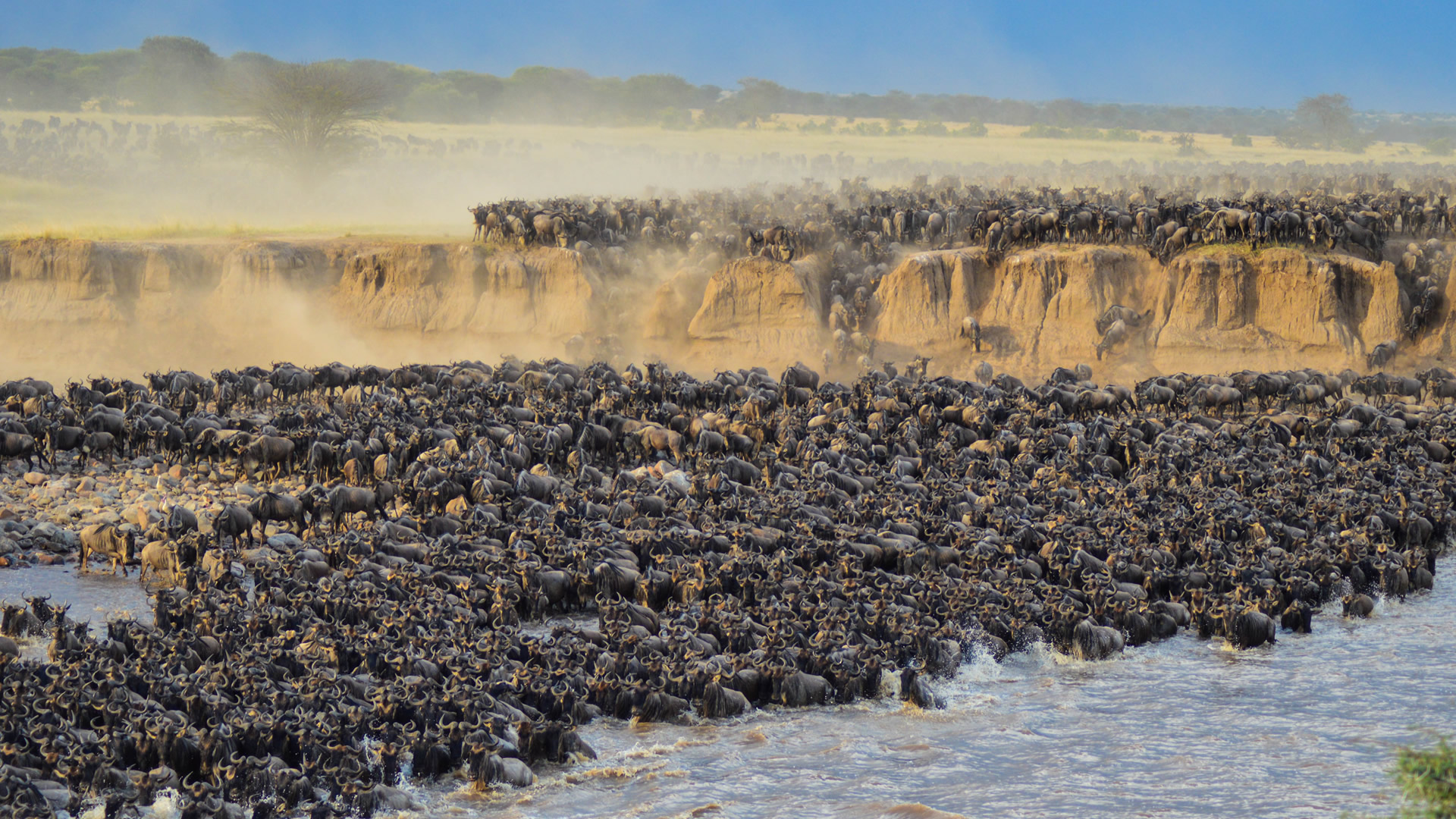 The famous wildebeest migration
The famous wildebeest migration
